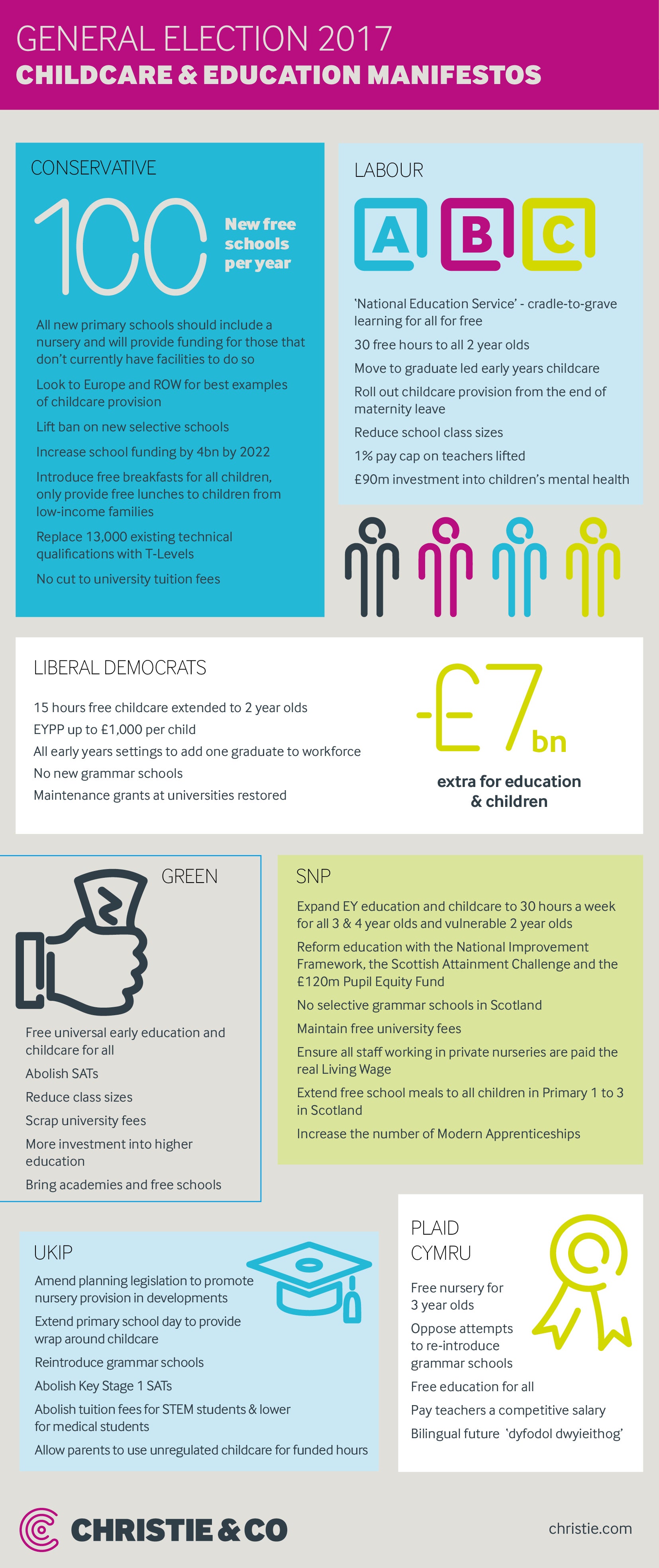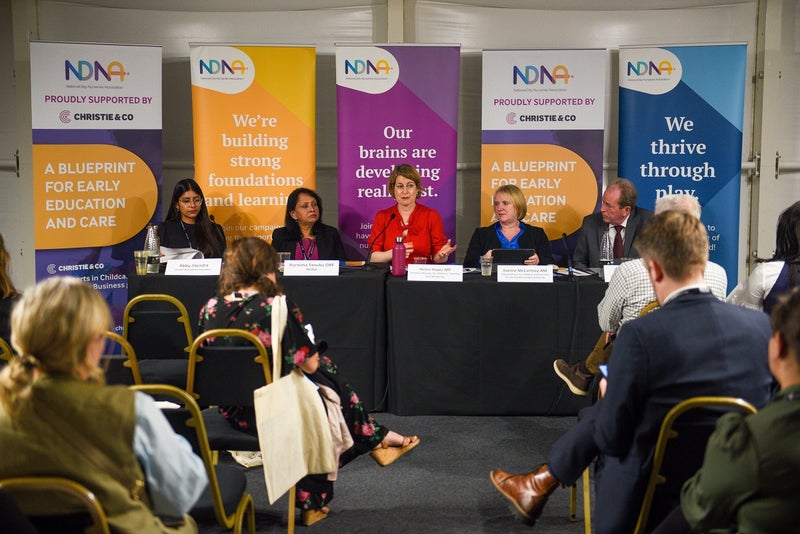GE 2017 manifestos: childcare and education policies reviewed
As Election Day looms I have reviewed the Labour, Conservative and Liberal Democrat election manifestos and have outlined the key points in relation to the childcare sector.
There are four key points to the Labour Party’s manifesto, the first being the suggestion of a complete overhaul of the childcare sector by giving subsidies directly to childcare settings rather than the parents. However, this proposal is not a new one and has been recommended by the NDNA as part of their childcare passport initiative. The manifesto also pledges extensive capital investment into the sector build further childcare facilities.
Labour’s third manifesto statement is to transition to a graduate led workforce. However, we are well aware that staff wages and the retention of staff is a huge challenge for the sector and the introduction of a graduate led workforce would only exacerbate these issues.
Finally, the Labour manifesto is suggesting the roll out of educational provision from the end of maternity leave. Whilst this would give great support to working parents this has to be sufficiently funded.
The Conservative Party’s manifesto indicated some ambitious plans to improve childcare and also drew upon some parallel points such as the increase of capital investment to build nurseries adjacent to primary schools. However the closure of 350 Sure Start nurseries demonstrates once again that the government cannot run efficient nursery settings. Whilst more nursery settings close to primary schools could be welcomed, these settings are often only open during term time and from 9am-3pm – hardly suitable for working families.
Part of the Conservative manifesto touched upon looking to Europe and further afield for best examples of childcare provision. We feel that this is a prelude to the opening of discussions around childcare ratios, a discussion previously dismissed by the party back in 2014 following Liz Truss’ widely condemned report.
The Liberal Democrats also focussed on the graduate led workforce with each setting to employ at least one graduate and they also propose to increase the Early Years Pupil Premium to £1,000 per pupil per year.
In conclusion, each of the three main parties are ticking boxes to appease the masses but without being able to guarantee extensive funding for the sector. There is a move to increase capital expenditure and increase the qualifications of the workforce. However, we have seen quite clearly that government led childcare cannot be efficiently managed, funded or maintained, whilst the private sector has the experience to do so. There are serious concerns that the changes to childcare provision could have longer lasting economical impact if parents cannot find appropriate childcare, particularly if the ratios debate is revisited.




















